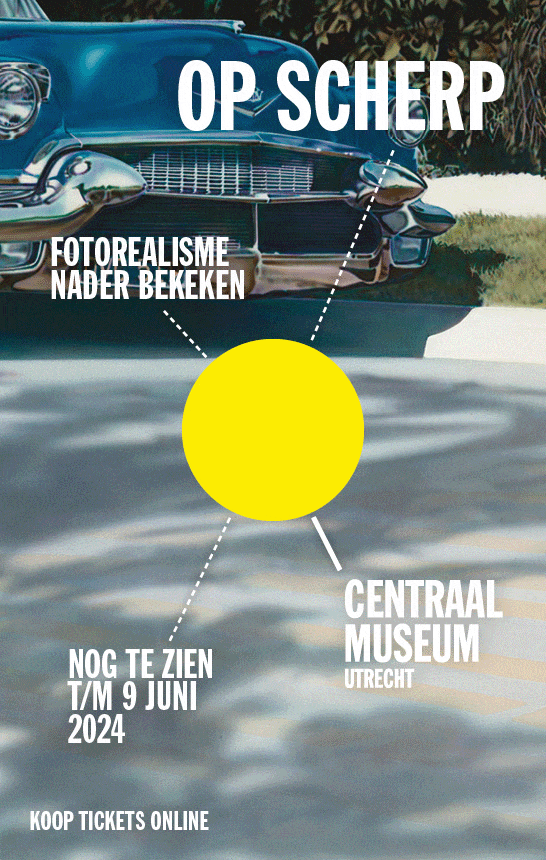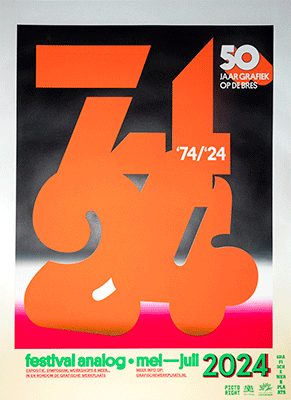Lauren Alexander & Rana hamadeh
Lauren Alexander & Rana Hamadeh
Dutch Art Institute, Arnhem
Lauren Alexander (South-Africa, 1983) graduated from the Dutch Art Institute (DAI) in 2011. Earlier, she obtained a master’s degree in Design at the Sandberg Instituut. In 2009, she co-founded Foundland, a multi-disciplinary art and design practice based in Amsterdam, which initiates research-based projects investigating political imagery with a focus on social media trends in the Middle East uprisings.
Rana Hamadeh (Lebanon, 1983) is a performance and visual artist currently based in the Netherlands, where she graduated from DAI in 2009. Interested in a curatorial approach within her artistic practice, she works on long-term research-based projects that involve different levels of collaboration and are presented in the form of lecture-performances, installations or mind maps.
Why did you choose to do an MA? RH: ‘I studied painting for four years during my bachelor’s, but I felt disconnected from the surrounding contemporary artistic and intellectual scene that was rising in Beirut. My disconnection had nothing to do with a lack of knowledge or a lack of understanding of the language of contemporary art, but more with my struggle to develop tools for working as an artist from within such a language. I decided to search for a master’s programme that could help me overcome such fundamental difficulties.’
LA: ‘DAI is the second master’s study that I followed since being in the Netherlands. My decision to do a master’s in contemporary visual art, after having completed a master’s in design, is something that with hindsight I very much value. I was searching for depth in my multi-disciplinary practice.’
Why DAI? RH: ‘I was invited by DAI to participate in a project titled Here as the Centre of the World that they were organizing in Damascus, Beirut, and four other cities. The project was a major hinge in my approach to art. I decided after having participated in two workshops that DAI was a perfect context for challenging my preconceptions about art, aesthetics, politics and the world in general. I guess what was incredibly appealing to me was the fact that the institute’s staff, students and curriculum were all very open to taking risks – something that I saw as a rare quality in the art scenes I was surrounded by. Also decisive was the fact that the students had the agency to change the institute as much as the institute could change them. That was very inspiring to me. And then there was DAI’s unique and inspiring network of artists and art institutions with whom they make collaborative projects, as well as the DAI week format.’
LA: ‘I had heard about the DAI, and especially about the diverse projects it offered in collaboration with established art institutions. This is what attracted me initially. Especially in combination with the unique DAI-week structure, which allowed me to pursue other projects, jobs and engagements at the same time as following the master’s programme while being based in Amsterdam.’
What did you like most about your stay?
RH: ‘I loved the projects and the international trips. The lectures and studio visits were very inspiring. Dinners with fellow students and tutors during the DAI weeks also inspired a lot of great conversations. These monthly dinners somehow felt like another level of tutoring.’
Was it intense? RH: ‘Although seemingly not demanding due to the format of the DAI week – when students meet for a week every month as they attend lectures, have studio visits, make presentations, and work on projects – the other weeks of the month were just as demanding, as they were a period of concentrated work. DAI is a place to develop one’s practice as well as ways to present it. Making a publication, writing a thesis, and developing a website, other than working on all the DAI projects, does demand a good deal of concentration and commitment.’
Did your stay there influence your work? LA: ‘Yes, DAI definitely broadened my perspective of what an art practice can include. I was influenced by the themes brought into the school by outside guests, as well as by the diverse research-based practices and artists I was exposed to. I became more comfortable with trying out different ways of presenting my work. My idea about what an artist is became broader.’
Would you advise younger students to go for it, or not? LA: ‘The course at DAI requires a lot of energy and commitment, both academically and socially, but I would recommend it without a doubt. If students are serious about learning theory and philosophy to strengthen their practice, I would strongly recommend DAI.’























